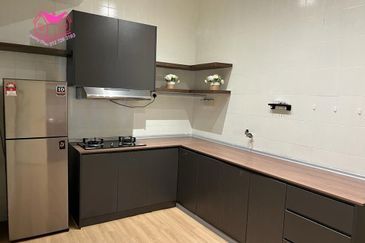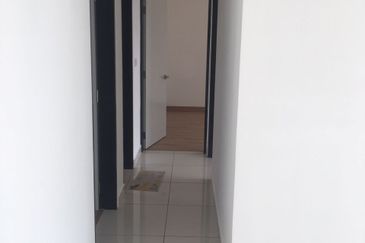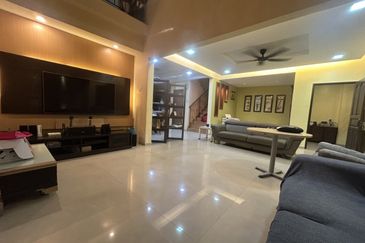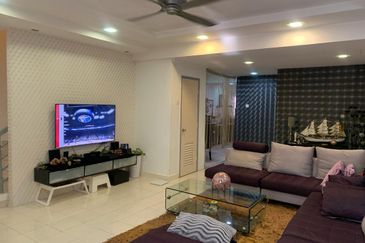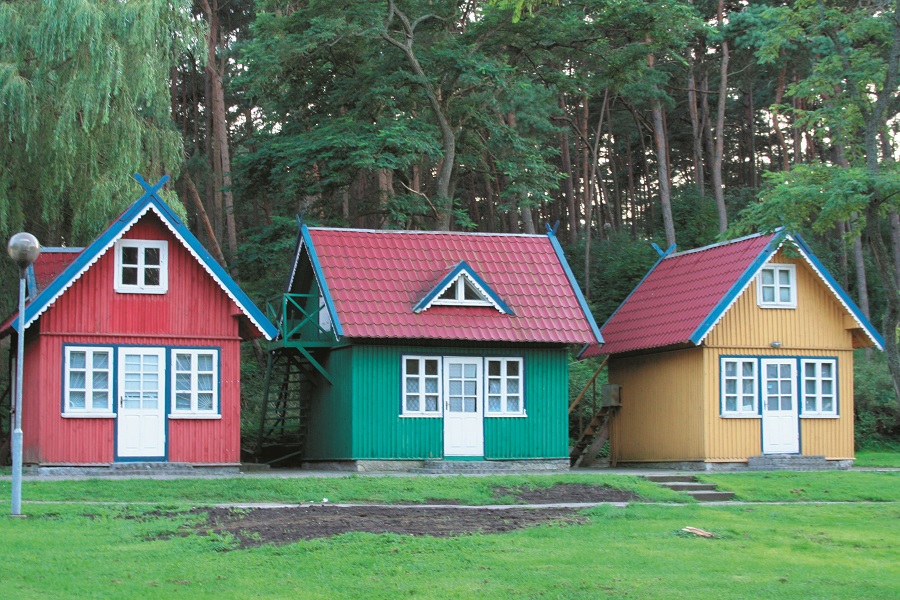
THE global property market keeps changing. Trends that will dominate in the coming years are often seen in developed countries before reaching other parts of the world. Current real estate trends are interesting as they give an idea of how customers’ behaviours and tastes are evolving. Here are four landmark changes taking place in the US and Europe.
24-hour and 18-hour cities
Cities with a night-time economy, commonly known as 24-hour cities, attract greater investment capital flows and experience higher occupancy rates and relative price changes compared with cities that operate on the standard 9-to-5 hours, says a joint report by the Urban Land Institute and PwC.
The report, titled Emerging trends in real estate 2015, mentioned a number of benefits enjoyed by global metropolitan cities that never sleep, such as London, Berlin, Melbourne and New York. They include a revitalisation of public spaces, a sense of security that arises from shops and restaurants that stay open throughout the night, more tourist attractions and a sense of belonging among the night owls.
However, a number of concerns have also been raised about these cities. News reports say “extending entertainment” leads to increased noise pollution and greater alcohol consumption, while politicians claim that the extended hours will see an increase in crime.
The 24-hour-city concept was identified 20 years ago. The 18-hour city is a more recent trend. The Emerging trends report describes the 18-hour-city concept as a revitalisation of small and medium cities that were once abandoned after work hours by employees who live in the suburbs. The construction of modern housing and improved infrastructure for walkers, cyclists and public transit have enabled entertainment-oriented businesses, such as restaurants and bars, to keep longer hours. Social activity ceases in the early morning — a key difference between an 18-hour and a 24-hour city.
“Downtown transformations have combined the key ingredients of housing, retail, dining and walk-to-work offices to regenerate urban cores, spurring investment and development, and raising the quality of life for a roster of cities. Let’s call these re-emerging downtowns ‘18-hour markets’. Though these cities quiet down noticeably in the wee hours, deep into the evening the mix of shops, restaurants and entertainment truly generates excitement. This is catalysed by the walk-to-work housing that encourages employers in the knowledge and talent industries to keep their offices downtown,” says the report.
US cities that have developed an 18-hour market are expected to become the next property hot spot as they enjoy higher-than-average population growth. The lower cost of living and doing business in these areas are said to have attracted millennials and baby boomers looking for social activities.
Tiny homes
Based on the number of reality-themed tiny house TV shows — Tiny House Hunters, Tiny House Nation and Tiny House Builders — the tiny house movement appears to be gaining in popularity. Housing statistics support this trend. Although a recovering housing market allows financially able families to buy larger homes, the size of single-family houses in the US dropped slightly last year and industry observers expect downsizing to continue in 2015.
These tiny homes, with built-up areas of 100 to 400 sq ft, are also known as micro houses, compact houses, mini houses and little houses. Home owners are adopting the less-is-more approach to living, having traded in space for simplicity. Living with less is also associated with less impact on the environment. Tiny homes are also used as home offices or guest houses.
The main market for tiny homes are millennials and baby boomers who are attracted to self-sufficiency, affordability, lower maintenance, less impact on the environment and enhanced mobility. The houses are rather affordable, costing an average US$23,000 (RM100,539) in the US. About 68% of these home owners live debt-free.
While tiny homes are not expected to go mainstream, their appeal is likely due to clever airy and open designs that fully utilise every inch of the home. This trend has put the spotlight on low-cost, environmentally friendly home building. Product manufacturers such as GE and Ikea have jumped on the bandwagon and are producing multi-functional products. Appliances already on the market include a 60-inch bathtub, dishwashers that are hidden under sofas, tall and thin refrigerators and dry-flush toilets.
Energy-efficient and intelligent homes
Energy-efficient homes are among the top trends in developed housing markets. Consumers are going beyond energy-consuming products and looking for homes with converted certification. Certified homes adhere to strict criteria such as Energy Star by the US Environmental Protection Agency (EPA). According to the EPA, Energy Star-certified homes enjoy energy-efficiency savings of up to 30% when compared with typical new homes.
There is an upfront cost to meet the standards of programmes like Energy Star, but there are cost-savings in the long run as homeowners are expected to recoup the initial expenses within a few years.
Energy-efficient products are in demand largely due to the cost-savings associated with these products. Energy Star-rated HVAC (heating, ventilating and air-conditioning) equipment are said to generate up to 15% in energy savings compared with standard equipment. LED, or light-emitting diode, lights consume 20% of the energy used by traditional incandescent bulbs yet last 25 times longer.
Newer energy-efficient home products include double-paned windows and intelligent meters. Double-paned windows with “low-emissivity” coating help to retain heat during winter while keeping it out in the summer. According to the US Department of Energy, these windows can save homeowners enough money to replace an entire window every year.
Smart water meters detect leaks by identifying irregular water patterns and assisting in managing water consumption. These devices also suggest the best time to take a shower or run the dishwasher.
Homeowners are also turning to products that make a home more intuitive. An example is a communication platform called Nest Weave by Nest Lab Inc. The software allows products to “talk” to each other. Intelligent homes using Nest Weave can programme a camera to switch on the lights and lock the doors when movement is detected and no one is supposed to be home. It can also send alerts and start a video recording. Product manufacturers are now coming out with products that support Nest Weave.
Renting over buying
The US is currently the world’s largest market for rented housing. More than a third of the population rent their accommodation, and this trend is expected to continue as millennials are increasingly renting instead of buying. The 2014 report of The Council of Economic Advisors to The White House says the rate of ownership for millennials have fallen to the lowest level in recent history. This trend is commonly attributed to financial constraints, but millennials also report renting high-rises for its amenities such as swimming pools, gymnasiums and concierge services.
Renting is also growing across Europe as the price of homeownership increases. According to news reports, the number of Londoners who own their homes fell below 50% for the first time in three decades. One in four households are renting, up from 15.3% a decade ago.
Renting is not necessarily a disadvantage. Observers say renting may be more suitable for city dwellers with long, unpredictable working hours and transient lifestyle. Besides facilities, these high-rises are often in well-connected areas with restaurants and social hubs.
In some parts of Europe, renting has surpassed buying. In Zurich, 9 out of 10 households rent while just under half of the homes in Germany and two-thirds of the homes in Berlin are rented.
This story first appeared in City & Country’s “Mapex Property Showcase Special Report” on Oct 12. Subscribe here for your personal copy.
TOP PICKS BY EDGEPROP

Taman Tun Dr Ismail (TTDI)
Taman Tun Dr Ismail, Kuala Lumpur

Pangsapuri Akasia, Bandar Botanic
Bandar Botanic/Bandar Bukit Tinggi, Selangor
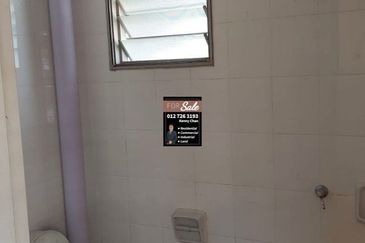
Pangsapuri Akasia, Bandar Botanic
Bandar Botanic/Bandar Bukit Tinggi, Selangor
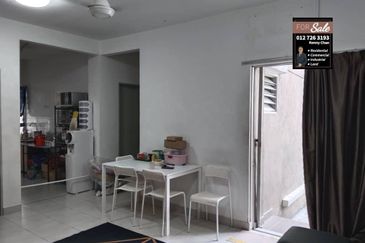
Pangsapuri Akasia, Bandar Botanic
Bandar Botanic/Bandar Bukit Tinggi, Selangor

Bandar Bukit Tinggi
Bandar Botanic/Bandar Bukit Tinggi, Selangor
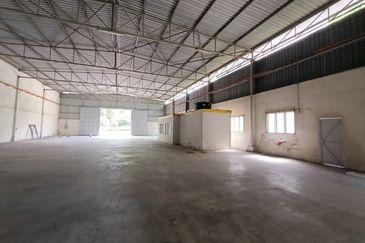
Kawasan Industri Desa Aman
Sungai Buloh, Selangor

Sutera Heights, Taman Juara Jaya
Cheras, Selangor

Damansara Heights (Bukit Damansara)
Damansara Heights, Kuala Lumpur



